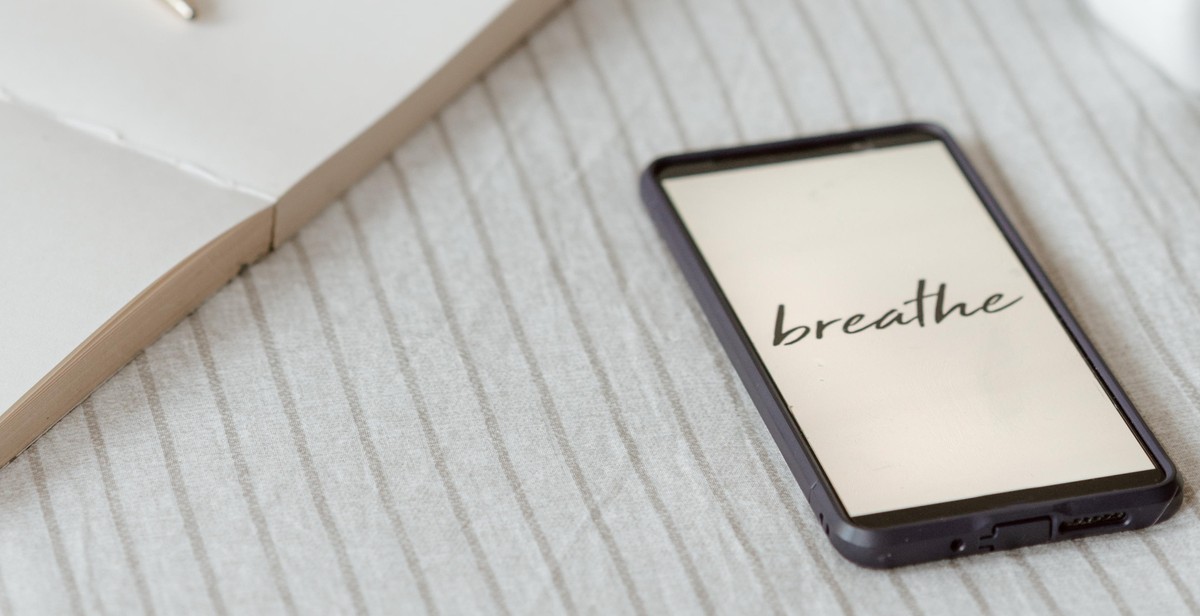How to Start a Nature Journal: Tips for Observing and Recording Natural Phenomena
Keeping a nature journal is a wonderful way to connect with the natural world and document your observations and experiences. Whether you’re a seasoned naturalist or just starting out, a nature journal can help you develop your observation skills, deepen your understanding of the environment, and create a personal record of your outdoor adventures.
In this article, we’ll explore some tips for starting and maintaining a nature journal, including what to include in your journal, how to make observations, and how to record your findings. We’ll also discuss the benefits of keeping a nature journal and how it can enhance your overall outdoor experience.
What is a Nature Journal?
A nature journal is a record of your observations and experiences in nature. It can take many forms, from a simple notebook to a more elaborate sketchbook or art journal. Some nature journals are focused on scientific observation and documentation, while others are more personal and creative.
Why Keep a Nature Journal?
Keeping a nature journal has many benefits, including:
- Developing observation skills
- Deepening your understanding of the natural world
- Creating a personal record of your outdoor experiences
- Encouraging creativity and self-expression
- Providing a space for reflection and mindfulness
Whether you’re a hiker, birdwatcher, or simply enjoy spending time in nature, a nature journal can help you connect more deeply with the environment and enrich your overall outdoor experience.

What is a Nature Journal?
A nature journal is a tool used by nature enthusiasts to document their observations and experiences in the natural world. It is a personal record of one’s encounters with nature, including plants, animals, and landscapes.
Definition
A nature journal can take many forms, from a simple notebook to a more elaborate sketchbook. It typically includes a combination of written notes, sketches, and photographs or other visual aids. The purpose of a nature journal is to capture the details of one’s observations and experiences in the natural world, including the sights, sounds, and smells of the environment.
Benefits
Keeping a nature journal has many benefits, both for the individual and for the natural world as a whole. Here are some of the key benefits:
- Enhanced observation skills: By regularly documenting their observations, nature enthusiasts can train themselves to become more observant and attuned to the natural world around them.
- Increased knowledge: By recording their experiences and research, nature journalers can deepen their understanding of the natural world and its many interconnected systems.
- Improved creativity: Nature journaling encourages individuals to be creative and express themselves through a variety of mediums, including writing, drawing, and photography.
- Greater appreciation for nature: By taking the time to document their experiences in nature, individuals can develop a deeper appreciation for the beauty and complexity of the natural world.
- Contribution to science: Nature journaling can also contribute to scientific research by providing valuable data on species distribution, behavior, and other important ecological factors.
Overall, a nature journal is a powerful tool for anyone who wants to deepen their connection to the natural world and contribute to our collective understanding of the environment.

How to Start a Nature Journal
Starting a nature journal is an excellent way to connect with the natural world around you. It allows you to observe and record natural phenomena and reflect on your experiences. Here are some tips for getting started:
Choosing a Journal
The first step in starting a nature journal is to choose the right journal. You want a journal that is durable, portable, and has enough pages to last you for a while. Look for a journal with high-quality paper that can withstand different types of media, such as watercolors, pencils, and pens. Consider the size and weight of the journal, as well as any additional features, such as a built-in bookmark or a pocket for storing loose items.
Selecting Writing and Drawing Tools
When it comes to writing and drawing tools, it’s best to choose those that are comfortable for you to use and produce the desired effect. Consider using a variety of tools, such as pencils, pens, markers, and watercolors, to add depth and dimension to your journal entries. You may also want to invest in a magnifying glass to help you see small details in plants and insects.
Observing Nature
Observing nature is an essential part of nature journaling. Take the time to explore your surroundings and notice the small details that make up the natural world. Take note of the colors, textures, and patterns you see in plants, animals, and landscapes. Use all of your senses to observe your environment, including touch, smell, and sound.
Recording Your Observations
The final step in starting a nature journal is to record your observations. Use your writing and drawing tools to create detailed entries that capture your experiences and observations. Include the date, time, and location of your observations, as well as any relevant environmental conditions, such as weather or temperature. You may also want to include sketches, diagrams, or photographs to help illustrate your observations.
Starting a nature journal is a rewarding and fulfilling experience that can help you connect with the natural world. Use these tips to get started and create a journal that reflects your unique experiences and observations.

Tips for Nature Journaling
Nature journaling is a great way to observe and record the natural world around you. Here are some tips to help you get started:
Create a Consistent Habit
One of the most important aspects of nature journaling is creating a consistent habit. Set aside some time each day or week to go outside and observe the natural world. It doesn’t have to be a long time, even just 15 minutes a day can make a big difference. By creating a consistent habit, you’ll be more likely to notice changes in the environment and record them in your journal.
Use All Your Senses
When observing the natural world, it’s important to use all your senses. Don’t just rely on your eyesight, but also listen for sounds, smell the scents, and feel the textures. By using all your senses, you’ll be able to create a more detailed and accurate record of your observations.
Record Your Emotions and Thoughts
While it’s important to record the physical details of what you observe, don’t forget to also record your emotions and thoughts. How did the experience make you feel? What thoughts did it inspire? By recording your emotions and thoughts, you’ll be able to create a more personal and meaningful journal.
Share Your Journal with Others
Finally, don’t be afraid to share your journal with others. Whether it’s with friends, family, or an online community, sharing your journal can be a great way to get feedback, learn from others, and inspire others to start their own nature journaling practice.
| Tip | Description |
|---|---|
| Create a Consistent Habit | Set aside time each day or week to observe and record the natural world. |
| Use All Your Senses | Don’t rely solely on your eyesight, but also use your other senses to create a more detailed record of your observations. |
| Record Your Emotions and Thoughts | Record not only the physical details of what you observe, but also your emotions and thoughts about the experience. |
| Share Your Journal with Others | Share your journal with others to get feedback, learn from others, and inspire others to start their own nature journaling practice. |

Conclusion
Starting a nature journal is a wonderful way to connect with the natural world and record your observations and experiences. It can be a therapeutic and educational activity that can help you appreciate the beauty of nature and understand the interconnectedness of all living things. By following the tips outlined in this article, you can start your own nature journal and develop your skills as a naturalist.
Remember These Key Points
- Choose a journal that suits your needs and preferences.
- Take your journal with you on your outdoor adventures.
- Observe and record your surroundings using all your senses.
- Use sketches, diagrams, and photographs to enhance your entries.
- Organize your journal in a way that makes sense to you.
- Share your journal with others and learn from their experiences.
Benefits of Nature Journaling
Nature journaling has been shown to have numerous benefits for both physical and mental health. It can help reduce stress, improve focus and concentration, and increase creativity and self-expression. By spending time in nature and recording your observations, you can also develop a deeper appreciation and understanding of the natural world, which can lead to a greater sense of environmental responsibility.
Start Your Nature Journal Today
Whether you’re a seasoned naturalist or a beginner, starting a nature journal can be a rewarding and enriching experience. By following the tips and advice in this article, you can begin your own journey of discovery and exploration in the natural world. So grab your journal, head outside, and start recording your observations today!
